Overview
Map
Other Details
كنيسة مار يوسف
Deir El-Ahmar
Baalbek
Baalbek-Hermel
كنيسة مار يوسف - دير الأحمر بُنيت الكنيسة سنة ١٩١٤ بعناية ملحم القزح. هي كنيسة رعائيّة مسقوفة. رمّمت أوائل القرن الحاليّ. مذابح الكنيسة الثلاث الرخاميّة وأيقونة مار يوسف محليّة الصنع. أضيفت للكنيسة قبتها أواسط القرن العشرين. The church of St Joseph - Deir el Ahmar The church is a parochial church built by Melhem Qozah in 1914. The structure consists of a crib vault that was restored in the beginning of this century. The church holds three marble altars and St Joseph’s icon that are locally made. The bell tower was added in the mid XXth century.
Visited 5140 times, 1 Visit today


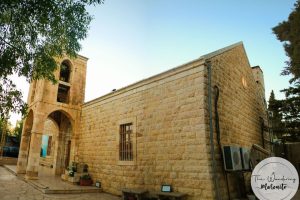
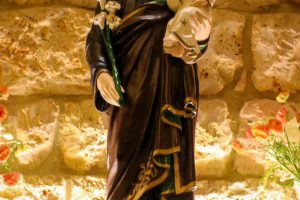
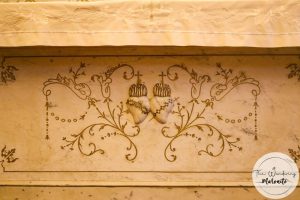
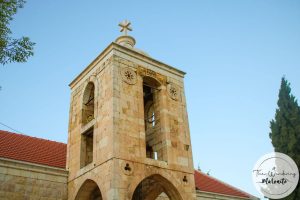
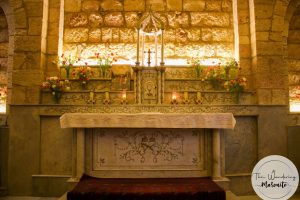
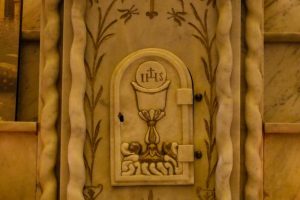


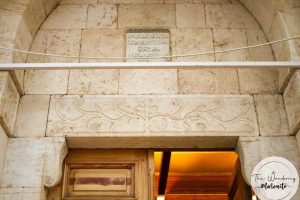
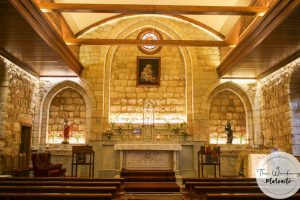













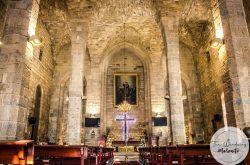
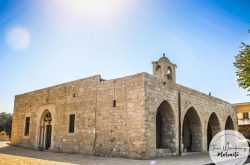
Reviews are disabled, but trackbacks and pingbacks are open.